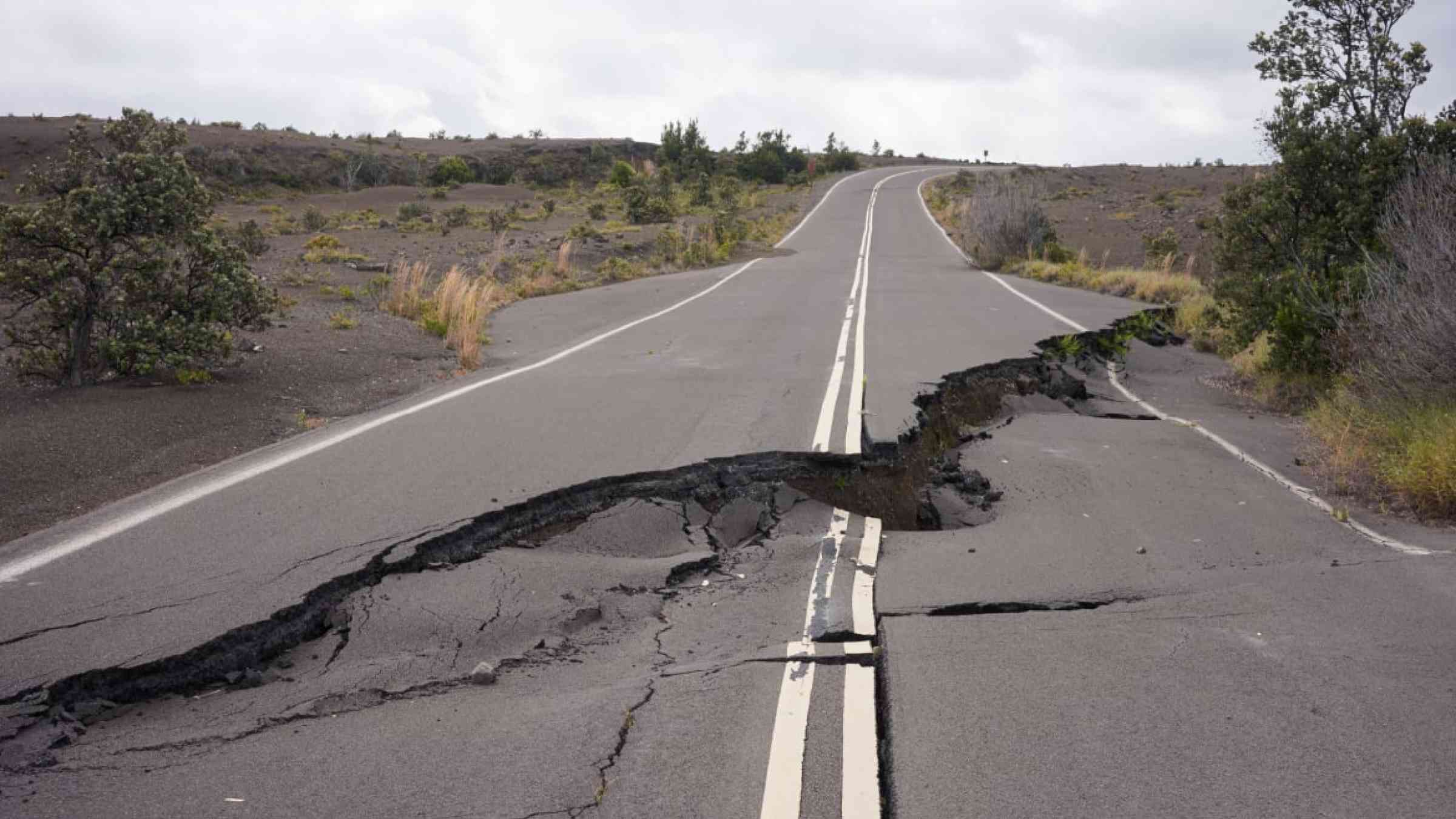
It is common knowledge that humans have a big effect on the world and their natural environment. However, what may be less well-known is that humans can also induce earthquakes. Industrial activities such as geothermal energy production, fracking for oil and natural gas, and wastewater disposal can all lead to increased seismic activity that commonly takes the form of earthquakes. In extreme cases, these earthquakes can lead to casualties and have considerable negative social, ecological, and economic consequences for the regions affected. A research team made up of geophysicists from Freie Universität Berlin, together with colleagues from ETH Zurich (Switzerland), the University of Pisa (Italy), Stanford University (USA), and the Southern University of Science and Technology (Shenzhen, China), have summarized the complex physical mechanisms that cause human-induced earthquakes. The results of their work were published in the scientific journal Nature Reviews Earth & Environment in December. These findings could help minimize the negative side effects caused by innovations in technologies such as geothermal energy or carbon storage practices. In particular, the information published by the team could be relevant for Earth scientists, representatives from industry, regulatory authorities, and political decision makers.
Together with their international colleagues, Mohammad Moein, Cornelius Langenbruch, and Serge Shapiro from Freie Universität Berlin investigated induced earthquakes that can occur during industrial activities such as conventional hydrocarbon recovery, fracking of unconventional resources, enhanced geothermal system development, mining operations, wastewater disposal, underground gas or CO2 storage operations, and reservoir impoundment. The team discovered that earthquakes that were caused by underground fluid injection or extraction primarily occurred along preexisting critically stressed faults.
“Pore-pressure diffusion and poroelasticity were identified as the major triggering mechanisms of injection-induced and extraction-induced seismicity,” says Serge Shapiro. Injecting liquids deep into the Earth reduces the normal stress acting on fractures and fault planes, which can destabilize faults and induce earthquakes.
Another important result of the team’s study, published in Nature under the title “The Physical Mechanisms of Induced Earthquakes,” is that the trigger mechanisms for human-induced earthquakes can vary from location to location. One aspect that plays a role in this is the complex interaction between different industrial activities, particularly in areas where fracking takes place and large volumes of hydrocarbon-contaminated wastewater are disposed of. Other factors, such as the distance between injection/extraction wells, the volume of liquid or gas injected, operational time windows, and the unique geological and hydrological characteristics of the area, were also shown to be relevant in terms of the intricate physical mechanisms that could put more stress on surrounding rock formations.
The team of international researchers recommend that a microseismic monitoring network be set up at each industrial operation site in order to provide an early warning system for induced earthquakes. Distributed acoustic sensing technology could be one approach through which to monitor microseismic events.
Our current understanding of human-induced earthquakes is primarily based on findings from in situ experiments in which the limited access and exposure of the target rock mass at great depth hinders precise measurements of changes in the rock mass. As a result, the researchers are calling for new approaches that can utilize the benefits presented by physics-based models that use AI. “Currently, the risks of human-induced seismicity can only be estimated statistically. Forecasting models usually consist of a mere handful of physical factors,” says geophysicist Cornelius Langenbruch. For this reason, the study emphasizes the importance of physics-based models that can capture the multiphysical processes associated with induced seismicity and can also take into account the initiation and propagation of fault rupture across multiple scales. “By developing physics-based forecasting models and reducing the risk of human-induced earthquakes, we could increase the social acceptance of next-generation geothermal technologies,” says Mohammad Javad Afshari Moein, geophysicist at Freie Universität Berlin and lead author of the study.
The results of the study also formed the basis for another article, published by Nepomuk Boitz, Cornelius Langenbruch, and Serge Shapiro – members of the Geophysics Section at Freie Universität’s Department of Earth Sciences – in Nature Communications. In it, the three researchers further developed the ideas explored in the first study and applied them to the Groningen gas field in the Netherlands, western Europe’s largest natural gas field. The researchers were able to show that the earthquakes induced through gas production in the Groningen gas field were caused by poroelastic effects and that the natural physical conditions to trigger large tectonic earthquakes likely do not exist. “This reduces the probability of a larger-magnitude tectonic earthquake occurring in the Groningen gas field,” says geophysicist Nepomuk Boitz.